Activated Carbon
Granular & Powdered Forms- High internal surface area
- Rapid diffusion kinetics
- Greater loading capacity
- Customisable particle sizing
- Manufactured by an ISO9001 accredited Quality system
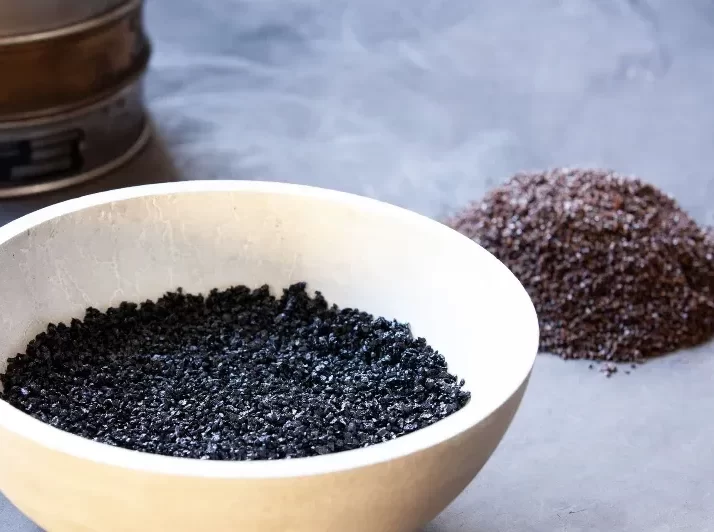
Filter media configurations determine the quality of the filtered water, the rate at which filtration takes place and how frequently you need to take the filter offline and backwash it, among other important considerations.
Coarse media, although more cost-effective and capable of higher throughput, sacrifices some water quality. In contrast, fine media better removes finer particulates & turbidity, arguably producing higher water quality. Therefore, filter media configurations depend on the required outcomes, be it potable water quality or filtering industrial wastewater without the need for treatment to drinking standards.
Typically, the filter bed is quite deep, approximately 100cm is the depth of the main filter media, such as C & S Brand Australian Filter Coal. And the layer of sand beneath, is usually about half the size of the Filter Coal. This depth aims to optimise the filtration process.
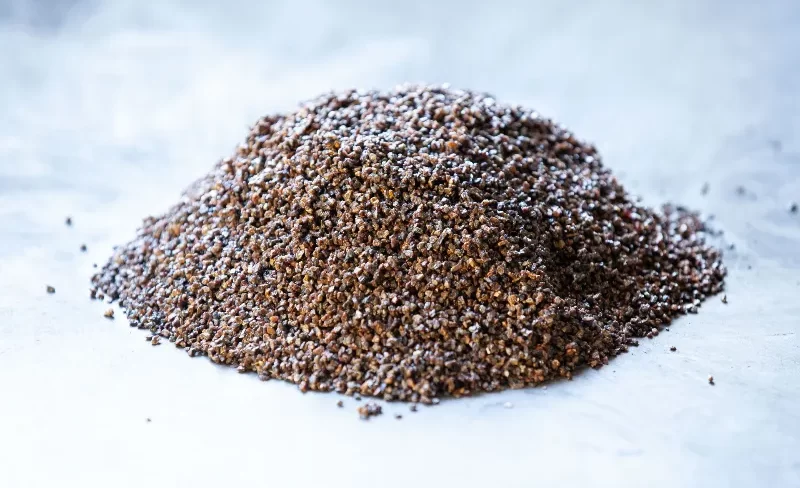
Water treatment engineers design the filter bed configuration based on the incoming raw water and desired water quality, considering factors such as required particle size and uniformity of particle. At James Cumming and Sons, we manufacture products to the exact specifications for each project.
Filter efficiency hinges on two key factors: effective size (ES) and uniformity coefficient (UC). A low ES restricts water flow through the filter, while a high UC limits the volume of sediments that the filter bed can store.
Using a lower ES Filter Media is an exception and is typically only necessary when the finished water quality is subpar. This is a rare occurrence. On the other hand, there’s no justification for a high UC (i.e. >1.4), and opting for a low UC has no disadvantages. Striking the right balance in filter media configuration is key to achieving optimal performance.
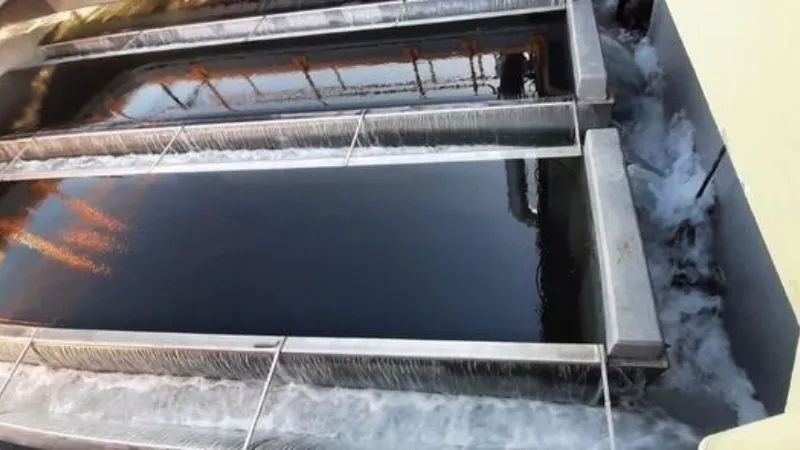
When the filter bed reaches its capacity usually through pressure build up, it’s time to take the filter offline for backwashing. Once backwashing is complete, the filter can come back online to restart the process. Consequently, the more frequent the need for backwashing, the less efficient the filter is.
To reduce backwashing frequency, you can improve the storage capacity of the filter by increasing the size of the filter bed, allowing it to accommodate a larger volume of captured particulates.
Additionally, optimising Filter Media selection, as described above, can benefit efficiency by extending the time between backwashing cycles.
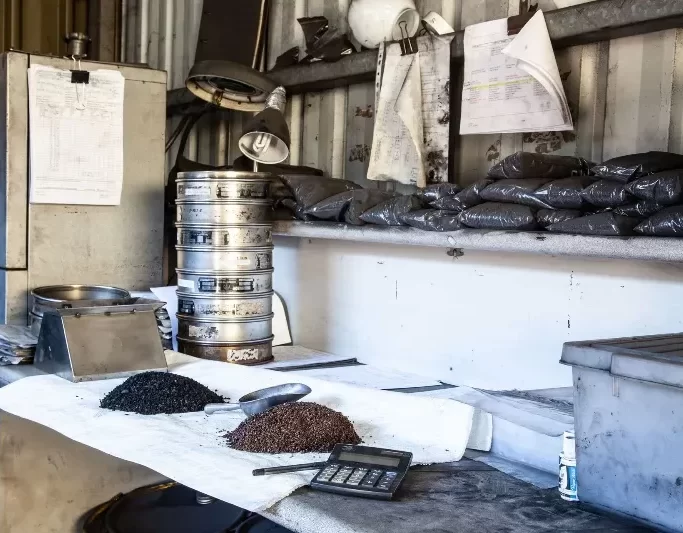
For enhanced filtration efficiency and superior water quality, James Cumming & Sons specialises in upgrading filtration profiles by converting mono-media sand filters to dual-media filters, incorporating Australian Filter Coal and sand. We manufacture and supply products to your exact specifications, which generally result in accelerated throughput without compromising water quality.
“For faster throughput, our customers upgrade to a deeper, coarser bed of our Filter Coal and adjust coagulants to enhance filtration. Generally speaking, this conversion is an easy process.
You can just pull most of the sand out and then replace that with a coarser coal,” explains Mark Shirt, an engineer and our filter media expert who has been involved with filtration media for 37 years.
“Insufficient depth within the filter poses the main challenge when upgrading. It can’t be done without the height in the filters. The typical solution is constructing new filters and decommissioning the existing sand filters.”
Dubbo Sewage Treatment Plant had mono-media sand filters with sand ES 0.56mm and UC 1.47. After testing two media configurations, they selected mono-media C&S Brand Australian Filter Coal with ES 1.0 – 1.1mm and UC 1.3 maximum.
The treatment plant experienced a 45% increase in throughput due to the upgrade.
Mardi Water Treatment Plant had already implemented dual media sand and coal filters, using imported anthracite coal with ES 1.25mm and UC 1.4 maximum.
Council replaced it with C&S Brand Australian Filter Coal with 1.7mm ES and UC 1.35 maximum. This led to a notable 20-30% increase in filter throughput, showcasing the enhanced capabilities of C&S Brand Australian Filter Coal.
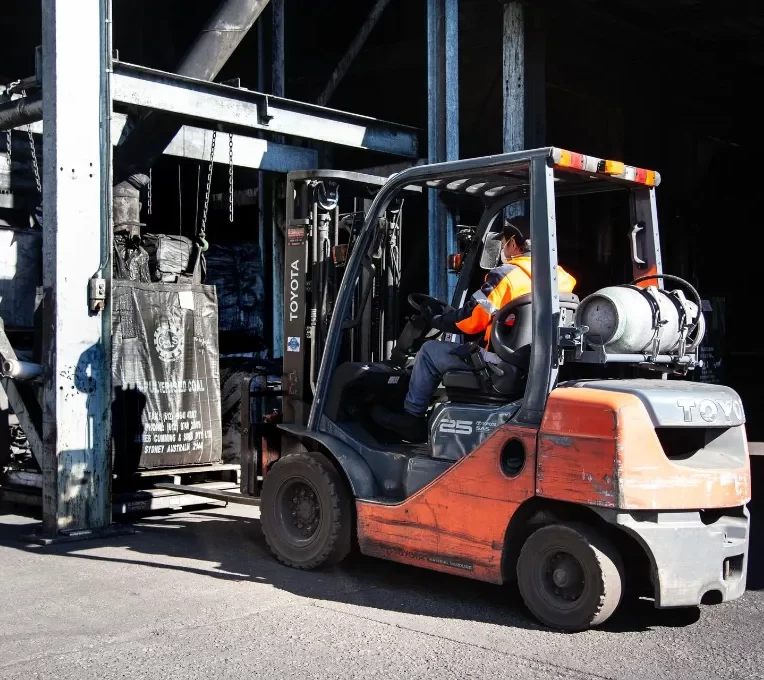
We have over 115 years of expertise in pioneering the use of Australian Coal for industry. We work with countless industries, including potable water, wastewater, desalination pretreatment, glass manufacturing, steel works, iron foundries and more, to deliver safe water filtration solutions.
To learn more about filter media configurations, upgrading your filtration profile or the high-quality products that we manufacture to exact specifications and supply when you need them, contact a member of our expert team today.
for your Filter Coal, Activated Carbon and Carbon additives











James Cumming
319 Parramatta Road,
Auburn NSW 2144 Australia

© Copyright 2025 James Cummings & Sons Pty Ltd. Website by Brilliant Digital
The C&S Brand™ logo are trademarks of James Cumming & Sons Pty Ltd.
ABN 98 000 453 378